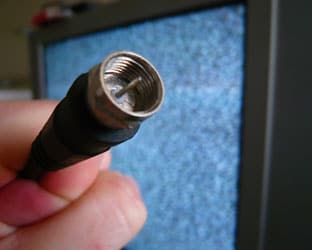As he reported Q1 results, Nexstar Broadcasting Group CEO Perry Sook pitched Wall Street analysts a prediction that the TV company will generate a nine-figure amount of free cash flow (FCF) for the current two year cycle through 2012. Q1 net revenues were up only 1.9% to $69.9 million, but Sook said the core was up 5.2% excluding political and Olympics.
Auto advertising was up 10% for the quarter and Sook said there have only been a few Q2 cancellations, mostly by Toyota and Lexus. Despite the earthquake and tsunami impact on production in Japan, which has reduced auto inventories for some nameplates, he sees potential for Nexstar to generate a nine-figure amount of FCF for the two-year cycle through 2012. Combined 2009-2010 free cash flow grew to $79.6 million, so the growth trend is expected to take that past $100 million for the 2011-2012 cycle, including the 2012 election.
Q1 local revenues were up 3.7% to $43.3 million. National gained 2.1% to $15.1 million. So excluding political (but including the 2010 Olympics on NBC) core spot sales were up 3.3% to $58.3 million.
Lacking a major election, political plunged 82.1% to only $560K, but that was countered in part by e-Media revenues rising 23.8% to $3.7 million and retransmission consent fees rising 15.6% to $8.5 million.
Q1 pacings were consistent, Sook said. January was up in mid single digits and that continued through the quarter. Local and national core were consistent and e-Media revenue accelerated through Q1. April was up 30% for e-Media the CEO crowed.
“We see the same single-digit increase in core revenue kind of month-to-month throughout the second quarter,” Sook told analysts. “Our pace is actually stronger in May than we finished April and stronger in June than it is in May, but you know, there’s so many things that go into that timing of quarters. I wouldn’t read too much into that. I could make that case that our pace is accelerating, but I would still stick with our mid-single projection for the finish of those months.”
Expenses were up in Q1, although Sook noted that 42% of the $1.9 million increase in station direct operating expenses were one-time expenses. Broadcast cash flow declined 3.1% to $24.8 million and free cash flow dropped 59.1% to $3.6 million.




